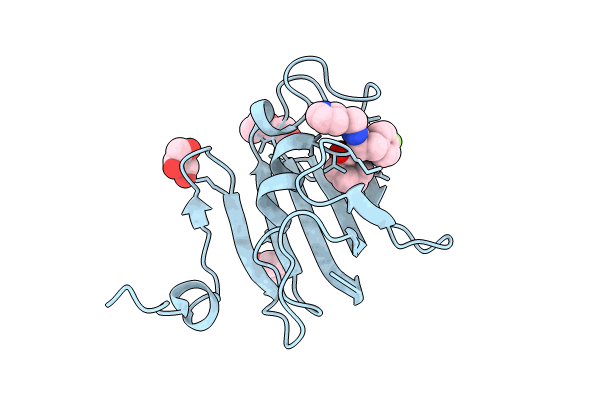
Deposition Date
2023-05-17
Release Date
2024-06-12
Last Version Date
2025-03-26
Entry Detail
PDB ID:
8P3C
Keywords:
Title:
Full length structure of BpMIP with bound inhibitor NJS227.
Biological Source:
Source Organism:
Burkholderia pseudomallei (Taxon ID: 28450)
Host Organism:
Method Details:
Experimental Method:
Resolution:
2.02 Å
R-Value Free:
0.23
R-Value Work:
0.19
R-Value Observed:
0.19
Space Group:
P 31 2 1


